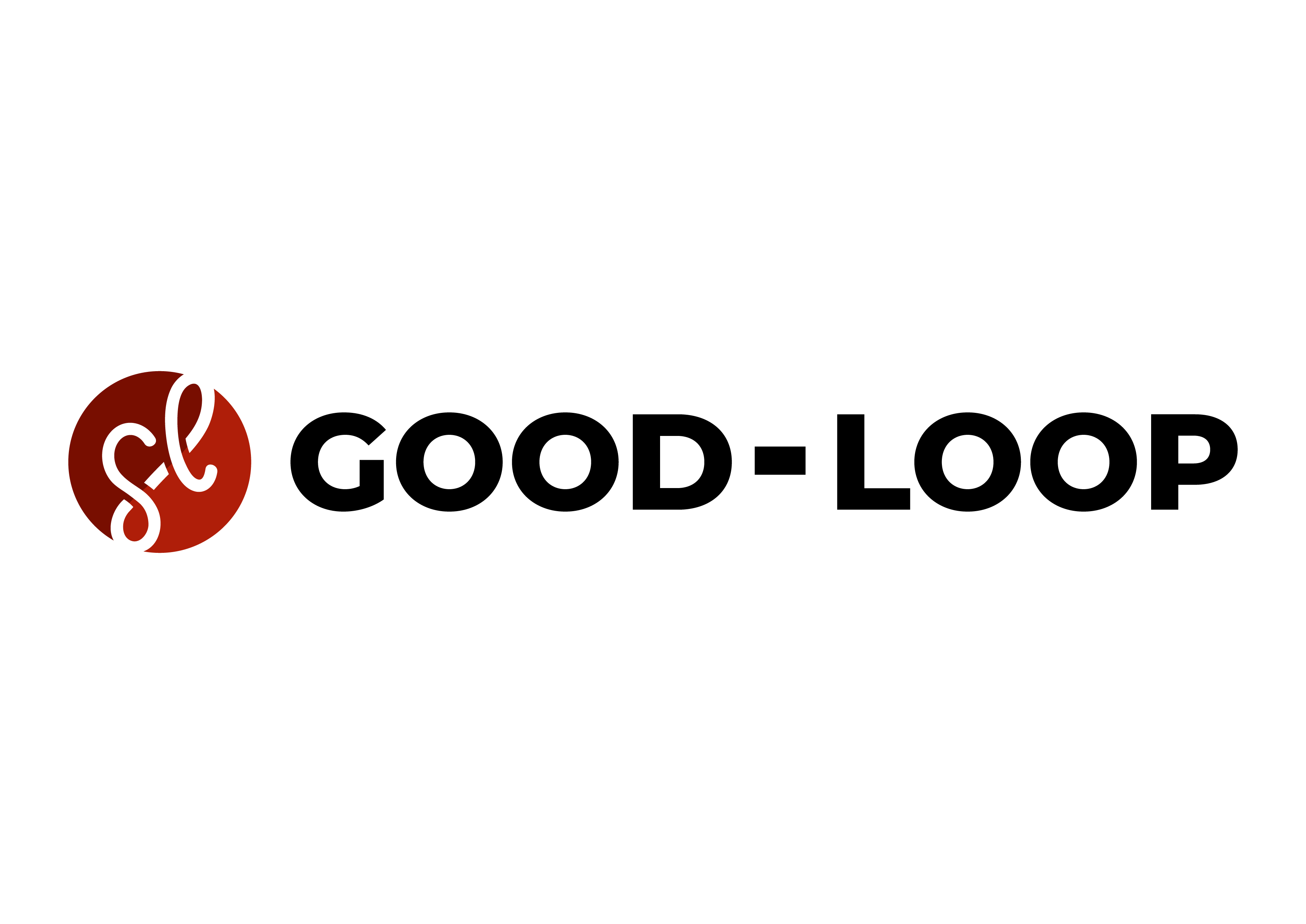Good-Loop this week struck an industry-leading partnership with GroupM that is a major stride forward in the battle to decarbonise digital media. It means clients of the world's leading media investment company will be able to use Good-Loop's green media solutions to measure, offset and reduce the carbon emissions generated by their ads online. The energy required to power the digital advertising ecosystem is deceptively carbon-heavy. But what steps can digital advertisers take to address the carbon cost of their campaigns? Claire Gleeson-Landy, Head of Investment & Sustainable Media at Good-Loop, gives a rundown of some of the ways brands and agencies can decarbonise their digital advertising.
We're on fire, literally. Just a couple of weeks ago, London firefighters were battling wildfires as temperatures exceeded 40C (104°F) for the first time. We have to step up to measure, offset and reduce the impact of our campaigns.
Advertisers are keen to show their consumers and investors how their brands are tackling the climate crisis by offering more sustainable products, getting rid of plastic bags from their stores and throwing in the occasional tree planting campaign for good measure. However, their digital advertising could be undermining that.
According to Purpose Disruptors, Advertising could be adding as much as 28% more to the annual carbon footprint of every person in the UK. Whilst individuals have long felt the pressure to eat less meat, buy second-hand clothes and drive less, we neglect to consider our digital habits.
The internet represents almost 4% of global emissions and is on track to double by 2025. Now, not all internet emissions are caused by digital advertising, but it is a major contributor. A typical online ad campaign in the United Kingdom emits 5.4 tons of carbon - around half of what the average UK consumer emits per year. So how can advertisers cut the carbon footprint of their digital ad campaigns? Here are four ways:
Measure The Problem
Before tackling any issue, it's important to know what you're dealing with first. So before you start implementing all these new green initiatives, take stock first. Measure and benchmark the carbon cost of your campaigns.
The good news is there are many tools that can help you do just that, including industry carbon calculators such as the one from AdGreen and our own free calculator that specifically enables brands and media agencies to calculate the topline carbon footprint of their online ad campaigns.
We've also launched a Green Ad Tag, which allows advertisers to track and offset the carbon emissions of their campaigns in real time. Contact us if you would like to learn more.

Invest In Climate Content
Climate change content is difficult to monetize, even from leading publishers. From advertiser anxieties to blunt brand safety tools (i.e. block lists) have meant that it's far too easy for brands to block their ad from appearing next to any climate-related content.
Whilst this does mean that the brands aren't funding journalism that supports harmful topics like climate change denial, it also prevents accurate climate change reporting from being monetized. If your brand is truly passionate about sustainability, another way to showcase this is by funding world-saving journalism.
It also offers your brand a competitive advantage. News content (even climate content) offers high engagement, high attention media positions. Provided your ad appears with trusted publishers that the consumers trust, they will not attach any negative associations to your brand. It's a win-win situation.
Offset Your Costs
Now carbon offsetting has become a bit of a taboo topic in certain climate circles, and there's no end of credible arguments for this. Offsetting your carbon footprint is the same as having a green smoothie the morning after a night out. Your body and your bank account are still taking the hit - regardless of your seemingly good intentions. We need to have actual behavioural change if we want to stop the climate crisis. However, society tends to be a bit slow on that front.
While society progresses towards net zero, in the short-term we do need high quality offset solutions - specifically Gold Standard ones. We need to avoid "quick-fix" offsetting programs that cause more damage because they aren't researched properly. For example, planting 1,000 trees may sound great but if you plant the wrong kind of tree or don't maintain the forest, it can swiftly destroy the habitat you were seeking to save.

Reduce Your Campaigns' Impact
You've measured your campaign and now you want to reduce its impact at the source. After all, it's not enough to keep offsetting your carbon footprint if you're not going to then take the time to realise how you can prevent leaving such an impact in the first place. Here are three key questions to ask yourself that can help reduce your campaign's carbon footprint:
Is that aspect of an ad really needed? For example, is a custom font really required, or could one of the hundreds of fonts that are pre-supported by various devices work just as well? If so, that's an asset that won't need to be loaded and can end up saving up to 2% of an ad's carbon footprint.
Can you make your remaining assets smaller? Ads appear much smaller on a digital page, so ultra-hi-res versions aren't needed. At Good-Loop, we noticed that as much as 80+% carbon can be saved by compressing file sizes without compromising quality. In fact, it helps drive better UX for the viewer as they'll experience faster load times.
Is there an opportunity to repurpose or reuse a quality piece of existing creative? The production and transfer of new creatives generates carbon emissions, so why not try it?
Give The People What They Want And Save This Planet
Everyone wins by making your advertising greener?. Not only do you get a faster, cleaner, better-quality and better-performing ad, you're standing up for the planet.
According to an Ad Net Zero survey, 71% of people working in the UK ad industry admit they're concerned about the harm their companies are doing to the environment and left 45% wondering whether they should leave their current role as a result.
Climate-positive action is what your employees want and it's what your consumers want so it's time to stop throwing money at greenwashing initiatives and start making actual changes to the way you do your digital advertising.
Remember, there are no ads on a dead planet.

